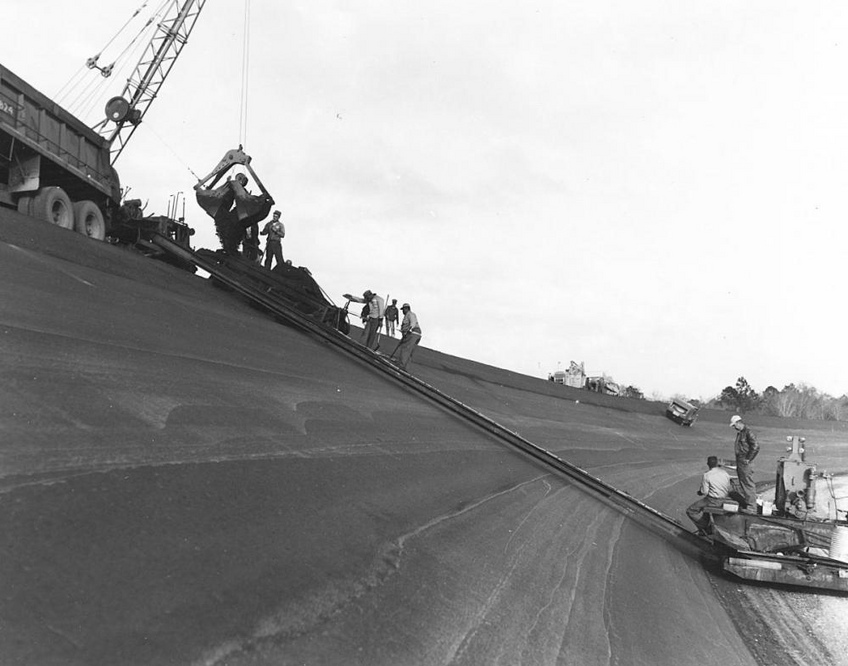

The Birth Of The Rolex Daytona's Legend
Episode 2 - The gigantic amphitheatre 4 kilometres in circumference, with its 31 degree banks allowing cars to reach remarkable speeds, and the Rolex brand, together formed a genuine relationship that continues to this very day.
It is on this exacting circuit, heir to one of the most formidable stories of speed and racing in history, that the legend of the Daytona Cosmograph was born. The timekeeper that Rolex dedicated in 1963 to mechanical sports fans and drivers thenceforth had a temple: a fascinating racetrack that provided the venue for the Daytona 500 and the Rolex 24 at Daytona, a sports car endurance race and a genuine counterpart of the 24-hour Le Mans, in France, and considered by the finest international drivers to be one of the most difficult races in the world.
But in order to understand the virtually immediate success of the model, we need to put ourselves back in the context. At the dawn of the 60s, America was in the middle of the cold war and the hot topic of the moment was space exploration. The name chosen for the chronograph was therefore particularly apposite. With the words Cosmograph and Daytona in the title of the model, it represented the distilled essence of two of man’s obsessions at that time: space and motor car racing. This choice made the mechanical timekeeper especially attractive since the men at the helm in both disciplines were considered true idols in this period. By extension, the wearer of the watch could hope to absorb a little of the aura. It was no doubt the choice of name that made the model soon to be known as simply ‘Daytona’ an unclassifiable legend. An object that excites the passions, the watch represents a waymarker in the grand scheme of highly specialized timekeepers in the late 1950s, early 60s. Aesthetically, the timepiece embodied an ideal in its time and represented all the hopes and aspirations of an era.
The attraction it had for enthusiasts may be explained by the fact that it stood out from most other products of the time for certain manufacturing details. Its highly stylized design immediately positioned it as a sporty model, which therefore ran against the grain of the general trend of watches among its competitors. The latter targeted an urban and engineering clientele with their aesthetics, encouraging them to wear their models with a suit to work – if the advertisements of the time are anything to go by. Its powerful graphics were reinforced by the addition of a tachometer placed, not on the dial as was often the case, but engraved on the bezel. What’s more, the timepiece originally sported a screw-down winding crown. Its guaranteed water-resistance make the timekeeper attractive in damp conditions, such as those found in Florida, then the centre of the universe when it came to space exploration and the cold war. On the subject of space, the aptly-named Cosmograph could at least legitimately lay claim to the title. NASA had been, in fact, planning to discretely purchase various chronographs one year previously (1962) to find the best designs for its astronauts. Having arrived after the selection had been made, the Rolex sports model timepiece had a fairly large field of conquest and gravitated towards the motoring world, where it scored a relative success.
The heart of a myth: History of the Rolex Daytona in 7 episodes











